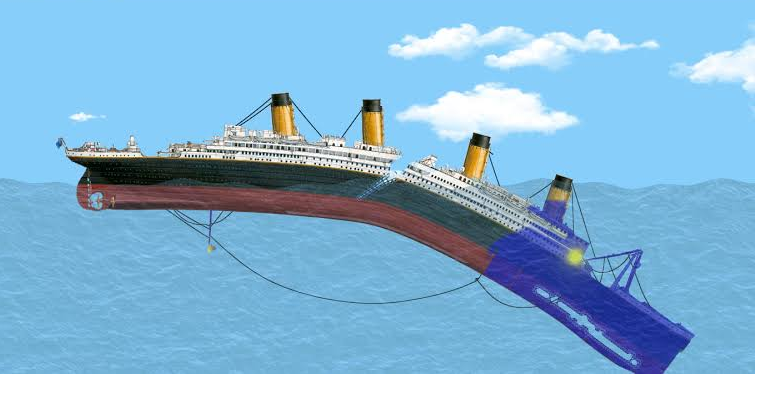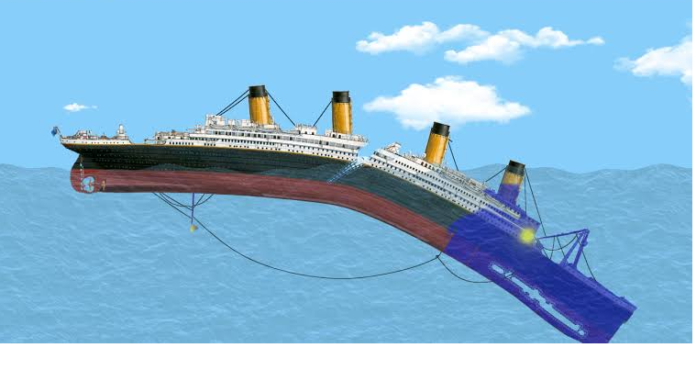
Practically, all the compartments in ships would contain items within them that would reduce the total volume that can be occupied by the flooded water. The items include stiffeners, web frames, longitudinals, brackets, beam knees, equipment, piping, and outfits. Hence, the ratio of the floodable volume to the total volume of the compartment gives the permeability of the compartment. It is denoted by μ, and is usually expressed in percentage.
The general values of permeability used for different types of compartments are listed below, followed by a logical understanding of the variation in the values:
Watertight Compartment – 95 to 97%
Accommodation spaces – 95%
Machinery compartments – 85%
Cargo holds – 60%
Stores – 60 %
What is to be observed here is that the permeability of machinery spaces (engine room, auxiliary machinery room, pump room, etc.) is lower than watertight compartments (like tanks, cofferdams, etc.) and accommodation spaces. The least permeability is obtained in cargo holds and stores which are usually stacked full or partially full, leaving lesser volume for flooded water.
The floodable length of each point along the ship‘s length is multiplied by the permeability to obtain the Permissible Length. It is based on this permissible length curve, and not on the floodable length that we judge the final compartment standards of the ship.




